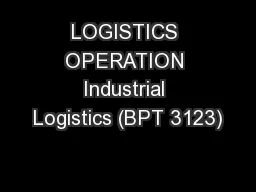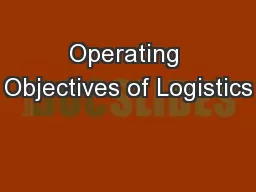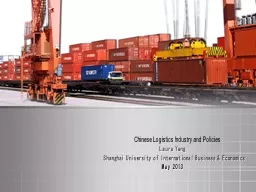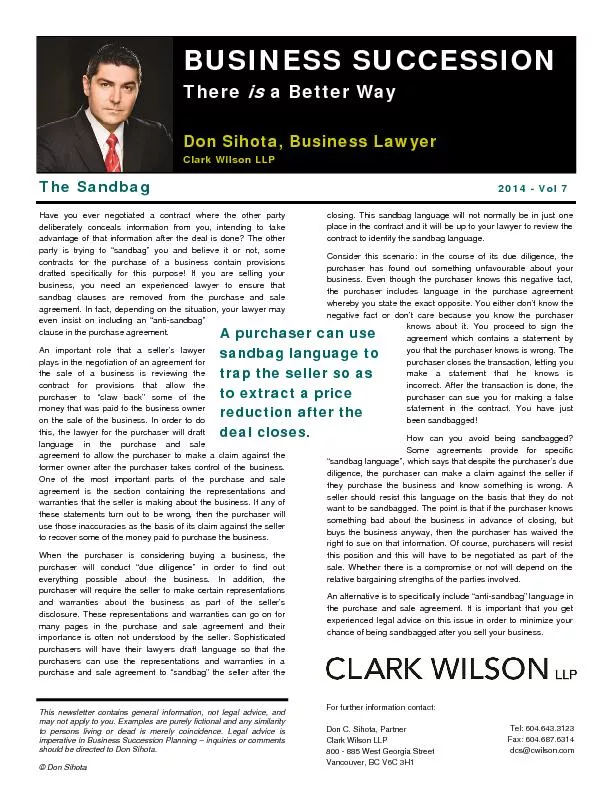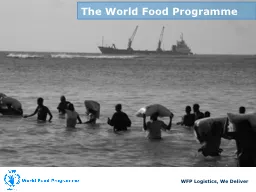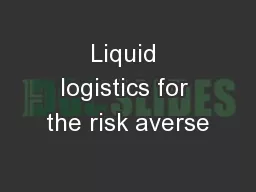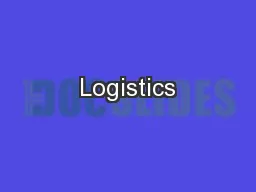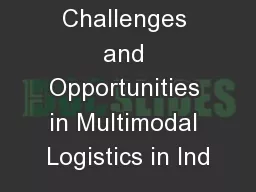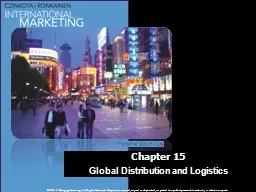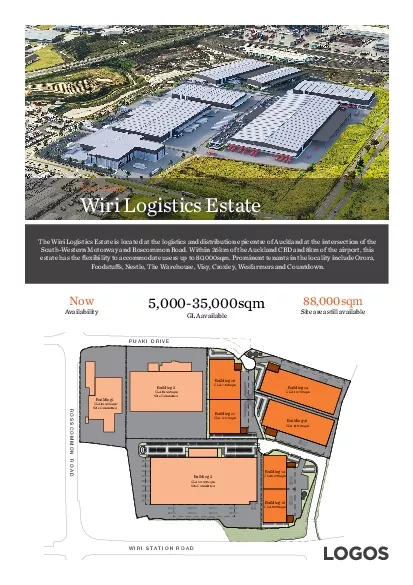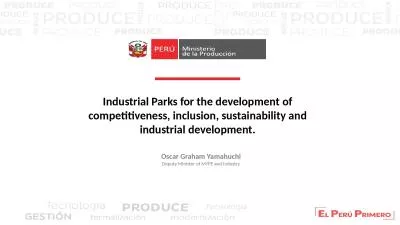PPT-LOGISTICS OPERATION Industrial Logistics (BPT 3123)
Author : tawny-fly | Published Date : 2018-10-22
Industrial Technology Management Programme Faculty of Technology Objectives Outcomes At the end of this chapter students should be able to Understand industrial
Presentation Embed Code
Download Presentation
Download Presentation The PPT/PDF document "LOGISTICS OPERATION Industrial Logistics..." is the property of its rightful owner. Permission is granted to download and print the materials on this website for personal, non-commercial use only, and to display it on your personal computer provided you do not modify the materials and that you retain all copyright notices contained in the materials. By downloading content from our website, you accept the terms of this agreement.
LOGISTICS OPERATION Industrial Logistics (BPT 3123): Transcript
Download Rules Of Document
"LOGISTICS OPERATION Industrial Logistics (BPT 3123)"The content belongs to its owner. You may download and print it for personal use, without modification, and keep all copyright notices. By downloading, you agree to these terms.
Related Documents

